January 2021
Walker Evans (American, 1903-1975)
Subway portrait
1938-1941
Gelatin silver print
© Walker Evans Archive, The Metropolitan Museum of Art
Public domain
Unguarded moments
“Tell those friends with cameras for eyes”
It’s going to be really hot in Melbourne for the next few days so I won’t be able to get into the computer room to work – so a posting today, Friday 22 January, and the next one on Wednesday next week.
These iconic Walker Evans New York subway portraits of anonymous travellers (both physically and mentally) are remarkably unprepossessing. They just are. They exist. Taken with a hidden 35mm camera, they picture human beings in (allegedly) unposed, unguarded moments, unaware that they are being photographed. But un/aware in another sense – un/aware of their surroundings, the person opposite them, or the time, un/aware of their dreams – of past, present and future. Engrossed in reading, staring vacantly into space, deep in thoughtful repose, or possessing a sadness beyond belief, now, they impinge on our consciousness through their very facticity.
You could make up stories about their lives: the boy above in his postal cap(?), gay, nervous, lonely in the big city; the man with the spectacles staring down at his paper, an accountant, or a watchmaker, working all his life to support his family. The black man with his immaculate dress, coat, scarf and Fedora battling for his place in society; and the two woman together, polar opposites, she, clasping her bag, possibly an immigrant arrived through Ellis Island from Eastern Europe, and she, fur edged coat and steepling hat, severe, dour, rich, matronly.
Here they are, this panoply of archetypes, clothed in complete protection for spiritual warfare. Unguarded moments to the photographer they may be, but the mask is definitely not off. In my observation, human beings on public transport are always un/guarded, always protecting themselves from the stranger next to them, the unknown threat, or wandering off in daydreams to another time and place, absenting themselves so that only the shell, the husk, is left. Here and there, present but absent, absent but present, these creatures of the underground still roam the corridors of human consciousness.
Dr Marcus Bunyan
All photographs are used under fair use conditions for the purpose of educational research and informed comment. Please click on the photographs for a larger version of the image.
“Although the setting was public, he found that his subjects, unposed and lost in their thoughts, displayed a constantly shifting medley of moods and expressions-by turns curious, bored, amused, despondent, dreamy, and dyspeptic. “The guard is down and the mask is off,” he remarked. “Even more than in lone bedrooms (where there are mirrors), people’s faces are in naked repose down in the subway.””
Anonymous text from the Metropolitan Museum of Art website [Online] Cited 22/01/2021
The Unguarded Moment ~ The Church
So hard finding inspiration
I knew you’d find me crying
Tell those girls with rifles for minds
That their jokes don’t make me laugh
They only make me feel like dying
In an unguarded moment
So long, long between mirages
I knew you’d find me drinking
Tell those men with horses for hearts
That their jibes don’t make me bleed
They only make me feel like shrinking
In an unguarded moment
So deep, deep without a meaning
I knew you’d find me leaving
Tell those friends with cameras for eyes
That their hands don’t make me hang
They only make me feel like breathing
In an unguarded moment
Walker Evans (American, 1903-1975)
35mm negative strip of Subway Portraits
1938-1941
Walker Evans (American, 1903-1975)
Subway portrait
1938-1941
Gelatin silver print
© Walker Evans Archive, The Metropolitan Museum of Art
Public domain
Walker Evans (American, 1903-1975)
Subway portrait
1938-1941
Gelatin silver print
© Walker Evans Archive, The Metropolitan Museum of Art
Public domain
Walker Evans (American, 1903-1975)
Subway portrait
1938-1941
Gelatin silver print
© Walker Evans Archive, The Metropolitan Museum of Art
Public domain
Walker Evans (American, 1903-1975)
Subway portrait
1938-1941
Gelatin silver print
© Walker Evans Archive, The Metropolitan Museum of Art
Public domain
Walker Evans (American, 1903-1975)
Subway portrait
1938-1941
Gelatin silver print
© Walker Evans Archive, The Metropolitan Museum of Art
Public domain
Walker Evans (American, 1903-1975)
Subway portrait
1938-1941
Gelatin silver print
© Walker Evans Archive, The Metropolitan Museum of Art
Public domain
As photographic technology advanced – cameras became more portable and film more sensitive to light, requiring shorter exposure times – people were no longer required to stay still for pictures. Walker Evans was among the photographers who capitalised on this flexibility. Between 1938 and 1941, he took his camera underground, where he photographed subway riders in New York City. “The guard is down and the mask is off,” he wrote, “even more than when in lone bedrooms (where there are mirrors). People’s faces are in naked repose down in the subway.” (Walker Evans, quoted in Belinda Rathbone. Walker Evans. Boston: Houghton Mifflin, 1995, 170-71)
In order to discreetly capture these candid Subway Portraits, Evans came up with an undercover method of taking photographs. He concealed his 35-millimeter Contax camera by painting its shiny chrome parts black and hiding it under his topcoat, with only its lens peeking out between two buttons. He rigged its shutter to a cable release, whose chord snaked down his sleeve and into the palm of his hand, which he kept buried in his pocket. For extra assurance, he asked his friend and fellow photographer Helen Levitt to join him on his subway shoots, believing that his activities would be less noticeable if he was accompanied by someone. With these methods, Evans managed to capture people immersed in conversation, reading, or seemingly lost in their own thoughts and moods. His subjects’ faces display a range of emotions. He also succeeded in accomplishing a difficult challenge in making truly unposed portraits.
Anonymous text from the MoMA website [Online] Cited 22/01/2021
Walker Evans (American, 1903-1975)
Subway portrait
1938-1941
Gelatin silver print
© Walker Evans Archive, The Metropolitan Museum of Art
Public domain
Walker Evans (American, 1903-1975)
Subway portrait
1938-1941
Gelatin silver print
© Walker Evans Archive, The Metropolitan Museum of Art
Public domain
Walker Evans (American, 1903-1975)
Subway portrait
1938-1941
Gelatin silver print
© Walker Evans Archive, The Metropolitan Museum of Art
Public domain
Walker Evans (American, 1903-1975)
Subway portrait
1938-1941
Gelatin silver print
© Walker Evans Archive, The Metropolitan Museum of Art
Public domain
Walker Evans’ book Many Are Called is a three-year photographic study of people on the New York subway. Using a camera hidden in his jacket and a cable release running down his sleeve, Evans snapped unsuspecting passengers while they traveled through the city. Evans said that these photographs were his “idea of what a portrait ought to be,” he wrote, “anonymous and documentary and a straightforward picture of mankind.” As photographic technology advanced – cameras became more portable and film more sensitive to light, requiring shorter exposure times – people were no longer required to pose for pictures. In an effort to capture candid images of people in public places, Walker Evans affixed a right angle viewfinder to his camera to make it look as if he was pointing it off to the side rather than directly at his subjects. For his Subway Portraits, he went even further and concealed his camera by painting its shiny chrome parts black and hiding it under his topcoat, with only its lens peeking out between two buttons. He rigged its shutter to a cable release, whose chord snaked down his sleeve and into the palm of his hand, which he kept buried in his pocket. As a result, these portraits show people in unguarded moments.
Text from ‘Seeing Through Photographs’ online course, Coursera, 2016.
Walker Evans (American, 1903-1975)
Subway Passengers, New York City
1938-1941
Gelatin silver print
© Walker Evans Archive, The Metropolitan Museum of Art
Public domain
Walker Evans (American, 1903-1975)
Subway Passengers, New York City
1938-1941
Gelatin silver print
© Walker Evans Archive, The Metropolitan Museum of Art
Public domain
Walker Evans (American, 1903-1975)
Subway Passengers, New York City
1938-1941
Gelatin silver print
© Walker Evans Archive, The Metropolitan Museum of Art
Public domain
Walker Evans (American, 1903-1975)
Subway portrait
1938-1941
Gelatin silver print
© Walker Evans Archive, The Metropolitan Museum of Art
Public domain
Walker Evans (American, 1903-1975)
Subway Passengers, New York City
1938-1941
Gelatin silver print
© Walker Evans Archive, The Metropolitan Museum of Art
Public domain
Walker Evans (American, 1903-1975)
Subway portrait
1938-1941
Gelatin silver print
© Walker Evans Archive, The Metropolitan Museum of Art
Public domain
Walker Evans (American, 1903-1975)
Subway Passengers, New York City
1938-1941
Gelatin silver print
© Walker Evans Archive, The Metropolitan Museum of Art
Public domain
Walker Evans (American, 1903-1975)
Subway Passengers, New York City
1938-1941
Gelatin silver print
© Walker Evans Archive, The Metropolitan Museum of Art
Public domain
Walker Evans (American, 1903-1975)
Subway Passengers, New York City
1938-1941
Gelatin silver print
© Walker Evans Archive, The Metropolitan Museum of Art
Public domain
Walker Evans (American, 1903-1975)
View Down Subway Car with Accordionist Performing in Aisle, New York City
1938-1941
Gelatin silver print
© Walker Evans Archive, The Metropolitan Museum of Art
Public domain
Walker Evans (American, 1903-1975)
View Down Subway Car with Accordionist Performing in Aisle, New York City
1938-1941
Gelatin silver print
© Walker Evans Archive, The Metropolitan Museum of Art
Public domain

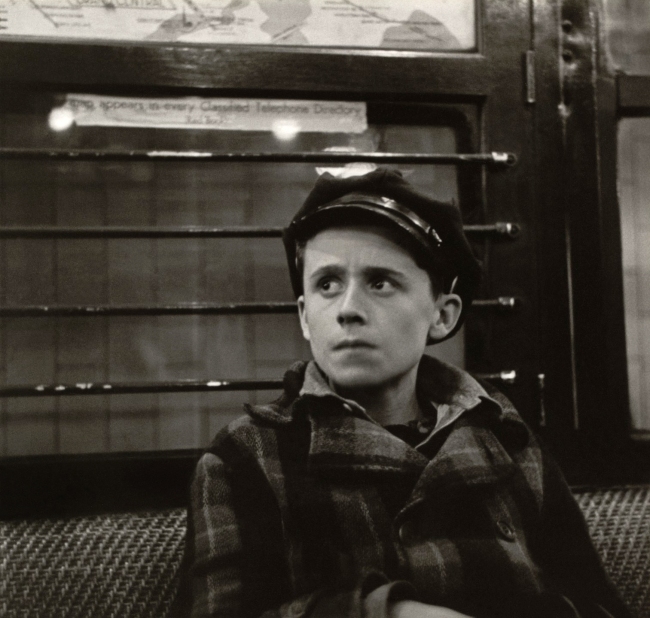



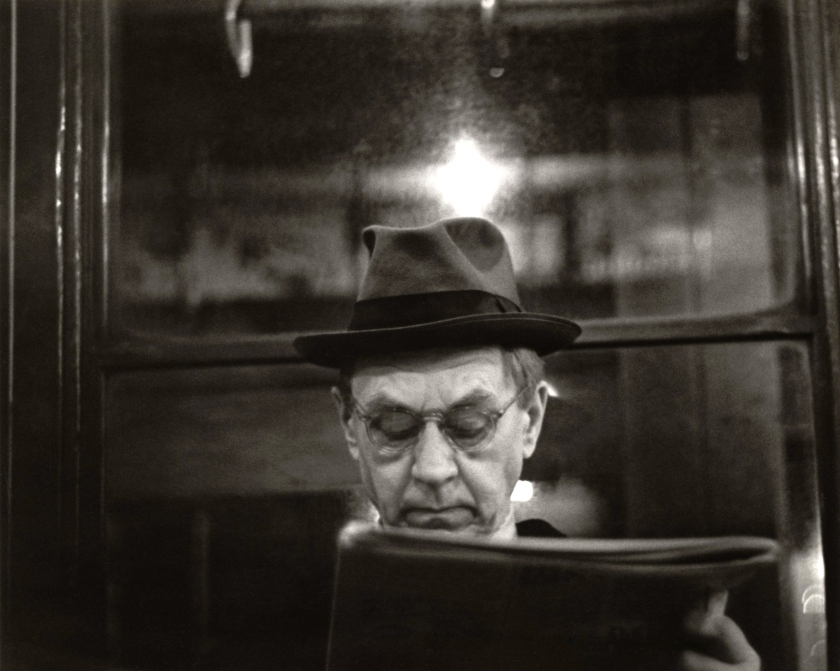
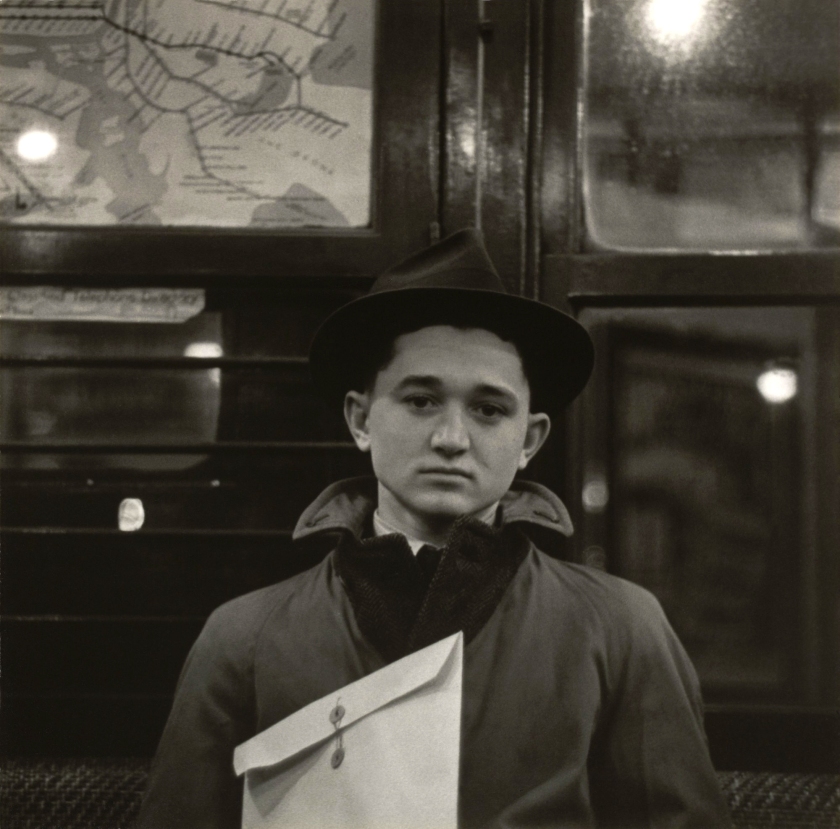

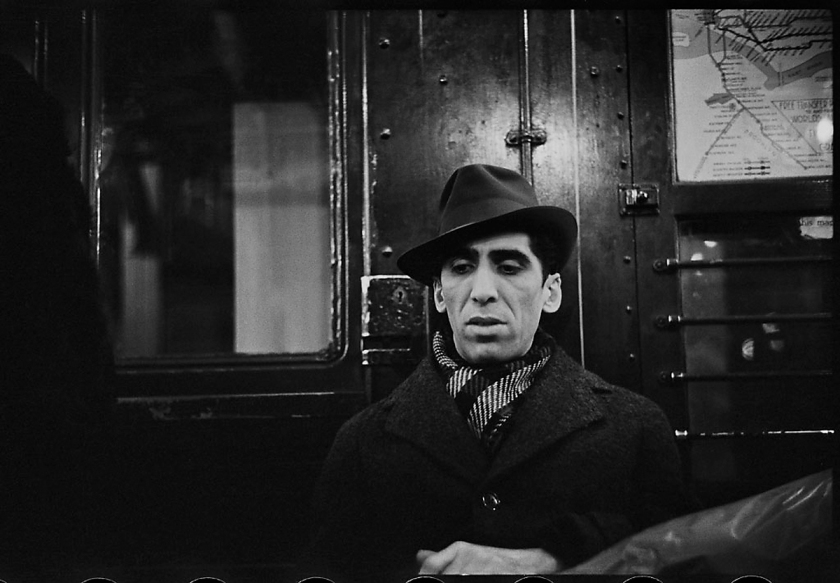

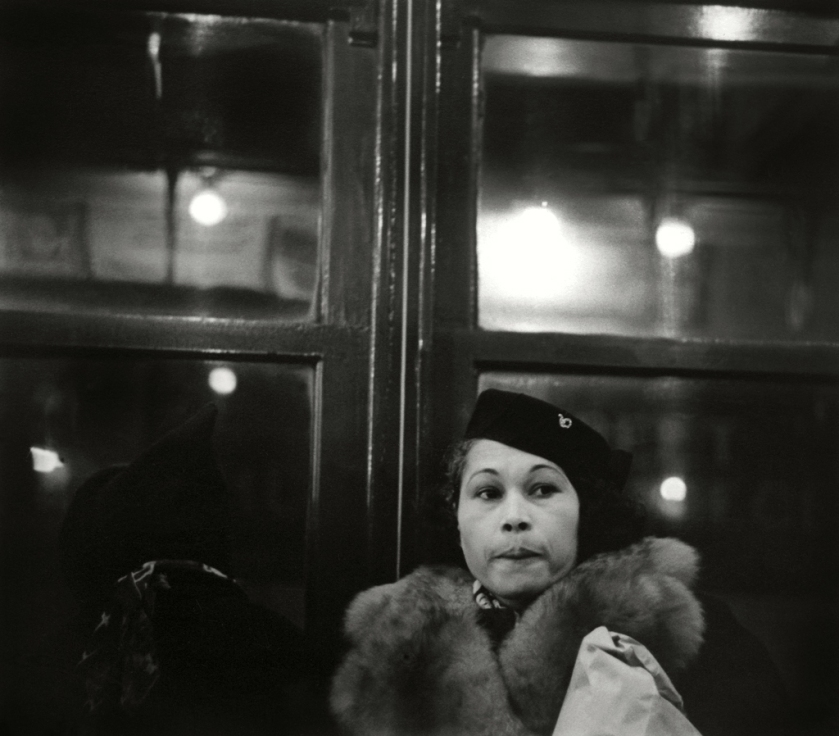


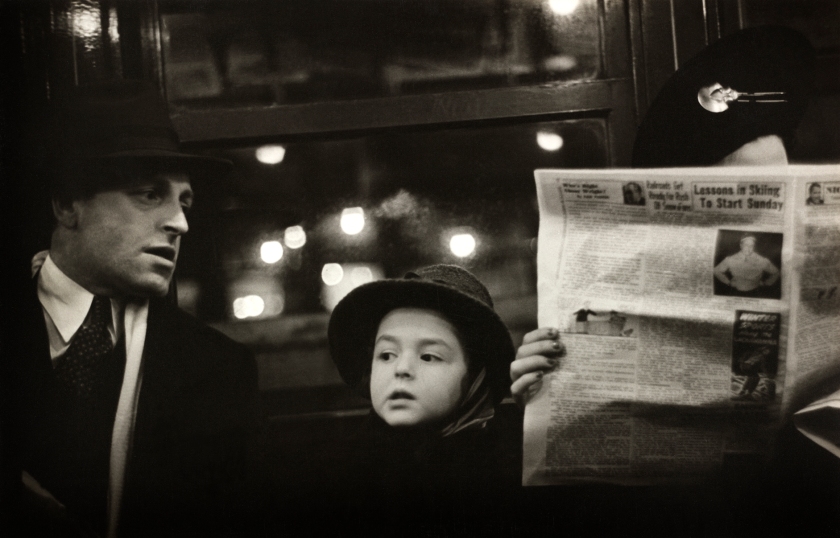

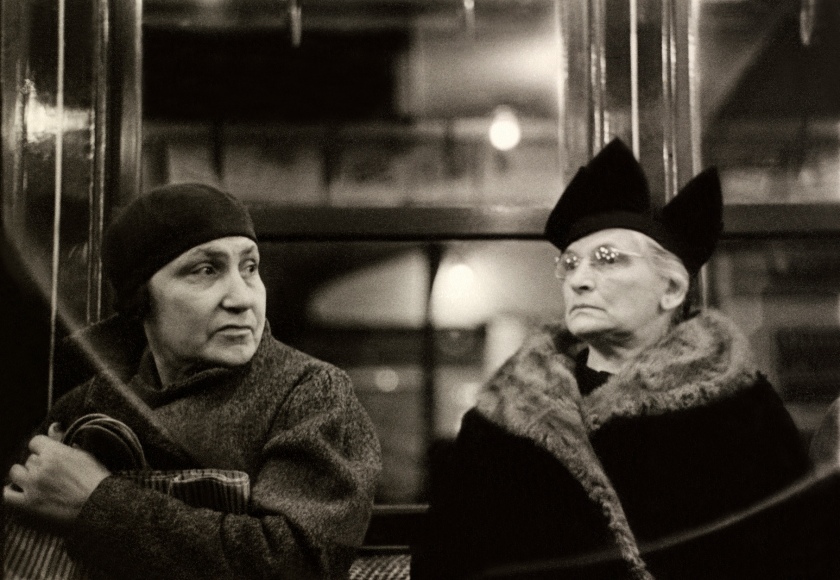

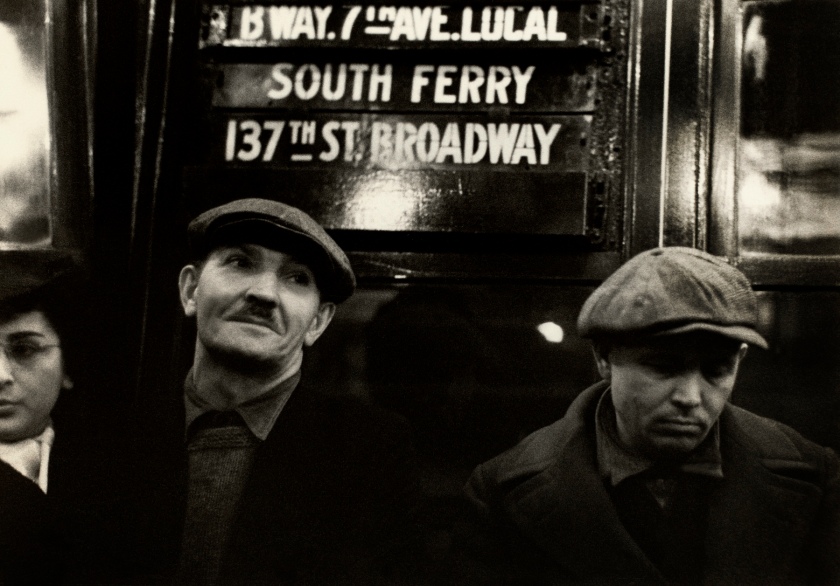

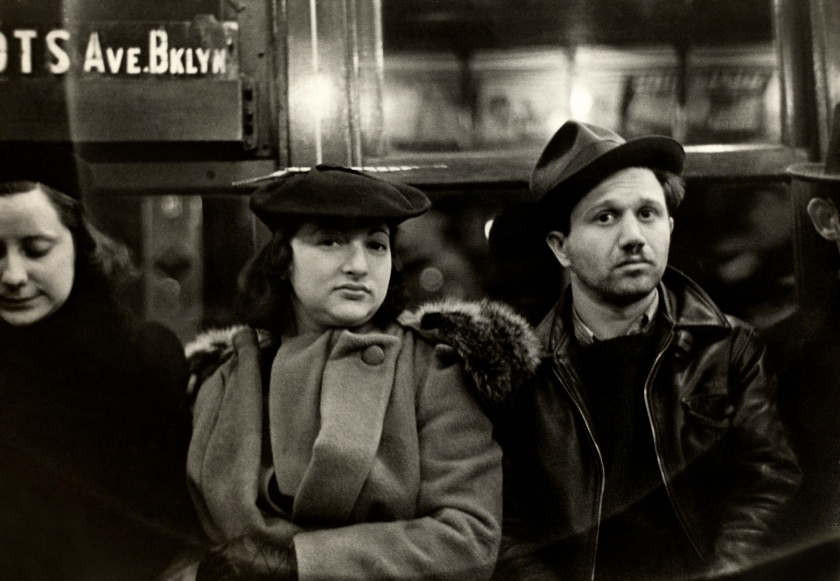
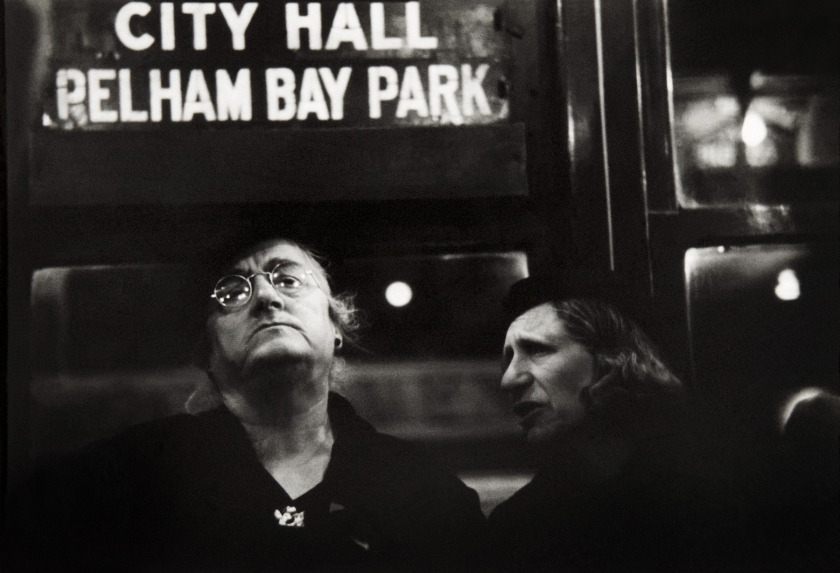

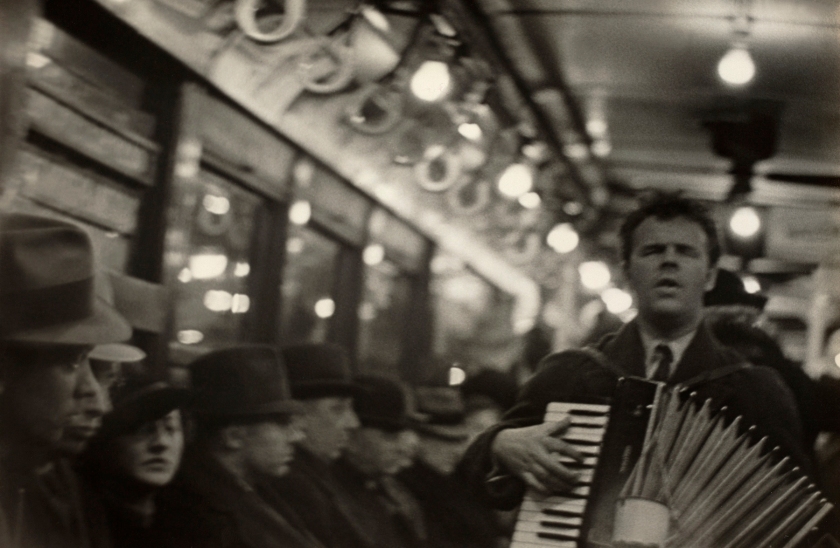
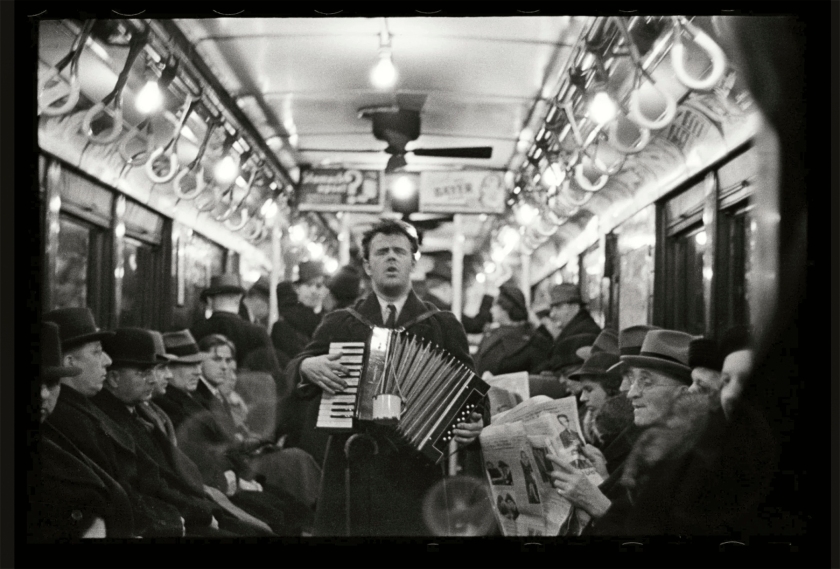
You must be logged in to post a comment.